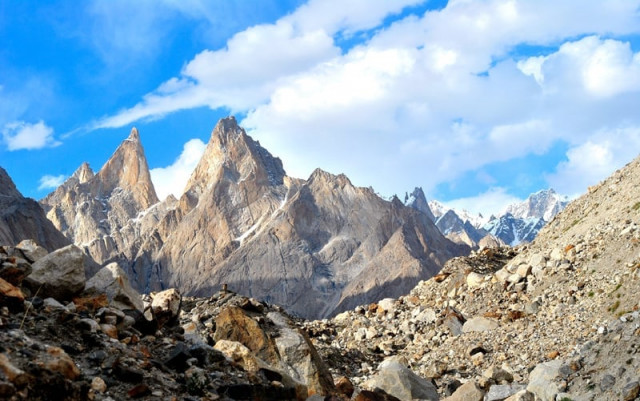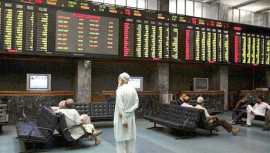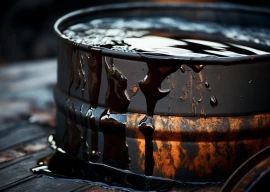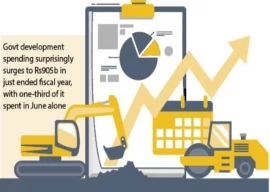
Climate change is already beginning to affect the Pakistani economy it seems: Punjab’s agricultural areas face a water shortage due to the late melting of the Himalayan glaciers that form the source of the region’s rivers, delaying the sowing of three of the four most important crops in the country – cotton, sugarcane and rice.
“The water flow in the rivers is approximately 35% below what it should be for this time of the year,” said Arshad Khan, an officer at the Punjab irrigation department. “That shortage may rise to as high as 45% in the coming months just as the sowing season starts.”
Pakistan has four major crops – wheat, cotton, rice and sugarcane. The latter three are grown in a single season. Farms that grow these crops employ close to a quarter of the nation’s total workforce and produce about 10% of the country’s total economic output. Even the most minor of changes to the yields in these crops has a disproportionately large direct impact on the economy as a whole.
In addition to their direct contribution to the GDP, these crops also have an effect on the textile, fertiliser, cement and automobile industries since farmers are large consumers of the products of each of those manufacturing sectors.
The wheat harvest season in Punjab has recently come to an end, freeing up millions of hectares for cultivation of what are known as kharif (autumn} crops since they harvested in the autumn. Yet many farmers are currently leaving their land idle since they do not have enough water to sow their crops. Delays in sowing crops can often result in lower yields since variations in temperature and weather conditions can affect the output on farms.
“The water shortage will definitely create hurdles for farmers. Many of them will find it difficult to sow their kharif crops,” said Arshad Khan. “Central Punjab is currently not getting its share of water [from the dams in Khyber-Pakhtunkhwa and Azad Jammu and Kashmir]. As a result, the water level in the canals is also running low and we are unable to fulfil the requirements of farmers.”
Sowing crops is a relatively water-intensive process. “The kharif crops being sowed right now need immediate watering. If we cannot ensure water availability, the yield will go down,” said Aamir Ali, a farmer in Faisalabad district.
“Not getting water affects the crop in two ways: firstly, it can cause problems in germination. And secondly, it can reduce the life of the crop, not allowing it to fully mature,” said Tanveer Ahmed, a farmer and agricultural expert who educates his fellow farmers on more efficient growing techniques.
Aamir Ali reckons that cotton farmers may still be able to get by unaffected. “Cotton has an extended sowing period because there is a wide variety of seeds available,” he said.
Historically, Punjab’s farmers have been able to rely on tube-wells as an alternative to river and canal water when the flows slowed down. However, the energy crisis – coupled with high fuel – prices have made that prohibitively expensive. Most rural areas get no electricity from the grid for up to 20 hours a day, which means that they have no choice but run their tube-wells on diesel generators. But with diesel prices close to Rs100 per litre, most farmers are loathe to use that option unless they absolutely have to.
“Watering by tube-wells is just too expensive,” says Ali.
Published in The Express Tribune, June 6th, 2012.

















COMMENTS
Comments are moderated and generally will be posted if they are on-topic and not abusive.
For more information, please see our Comments FAQ